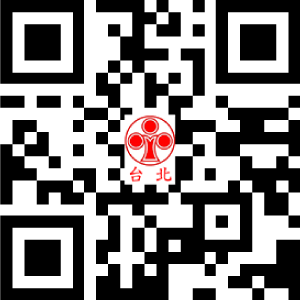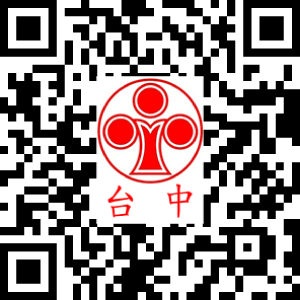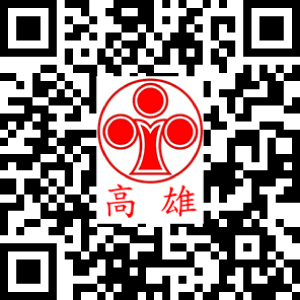The Taiwan Intellectual Property Office (TIPO) recently announced a draft amendment to Parts II and V of the Patent Examination Guidelines. The main points of the draft amendment are summarized hereunder.
1.Part II, Chapter 1: “Specification, Claims, Abstract and Drawings”
Section 1.4 “Notes for Examination” in this chapter is to be amended to state the principle for determining whether a prior art technique disclosed in the specification of an application can be used by the examiner as a citation. Namely, if the date of the prior art technique disclosed in the specification cannot be confirmed, in principle the prior art technique can be cited by the examiner to challenge the patentability of the application; however, such a citation cannot be made if the applicant can prove that the prior art technique belongs to the applicant and has not been disclosed to the public.
2.Part II, Chapter 3: “Patentability”
Section 5.7 “Continuation of Patent Rights” in this chapter is to be amended. According to Article 32.I of the Patent Act, an applicant filing an invention patent application and a utility model patent application for the same creation on the same date should make respective declarations in respect of the applications. The guidelines are to be amended to explain that if a divisional application is filed based on the invention patent application, the declaration in respect of the invention patent application can be invoked in the divisional application, and if the invention patent application and/or the divisional application is considered to be allowable and to be the same creation as the utility model patent, the examiner should notify the applicant to select either the invention patent application or the divisional application to benefit from the continuation of patent rights.
3.Part II, Chapter 5: “Priority”
Section 2.7 “Notes for Examination” in this chapter is to be amended. According to Article 30.I of the Patent Act, an applicant filing a subsequent patent application based on an earlier patent application for invention or utility model in Taiwan may make a priority claim with respect to the invention or utility model disclosed in the specification, claims or drawings of the earlier patent application. The guidelines are to be amended to indicate that if the priority claim has been made and the subsequent patent application is still pending, within 15 months after the filing date of the earlier patent application, the applicant may file a divisional application based on the content for which no priority has been claimed; however, no priority claim with respect to the divisional application can be made in another patent application.
4.Part II, Chapter 10: “Division and Conversion”
Section 1.2.1 “Formality Requirements” in this chapter is to be amended to include an explanation concerning amended Rule 28.III of the Enforcement Rules of the Patent Act. That is, when filing a divisional invention patent application, if the specification of the divisional application is not identical to its original application, a marked-up version which indicates the differences between the specifications of the original and divisional applications should be submitted, and an explanation concerning the differences may be provided.
5.Part II, Chapter 11: “Patent Term Extension”
Article 53 of the Patent Act provides that “Where a regulatory approval shall be obtained in accordance with other laws and regulations for the exploitation of an invention patent involving a pharmaceutical or agrichemical, or the manufacturing process thereof, if such regulatory approval is obtained after the publication of the concerned invention patent, the patentee may apply for one and only one extension of the patent term of said invention patent based on the first regulatory approval.” The guidelines are to be amended to clarify that Article 53 of the Patent Act applies if the regulatory approval is obtained in accordance with Article 14 of the Rare Disease and Orphan Drug Act.
In addition, Chapter 11 of Part II is to be amended in light of the draft amendment to Article 4 of the Regulations Governing the Determination of Patent Term Extension. That is, the TIPO may rely on documents that indicate the period of domestic and/or foreign clinical trials conducted for obtaining a marketing approval of a drug from the Ministry of Health and Welfare (MOHW) as criteria for determining the extension of the patent term, and the TIPO does not need to send the documents to the MOHW for confirmation.
6.Part II, Chapter 14: “Inventions Related to Biology”
Because the TIPO implemented WIPO Standard ST.26 on August 1, 2022, this chapter is to be amended to update the requirements for sequence listings.
7.Part V, Chapter 1: “Invalidation of Patent Rights”
Section 2.4.1.2 “Principles for Handling Invalidation Statements” in this chapter is to be amended to explain the scope of examination and the applicability of the principle of ne bis in idem for an invalidation action filed against a claim containing a reference to other claims.
8.In addition, the guidelines are to be amended to revise wordings and correct errors.
(Translated and summarized from the news announced on the website of the Taiwan Intellectual Property Office)
*Section Chief of International Patent Division at Tai E International Patent & Law Office







